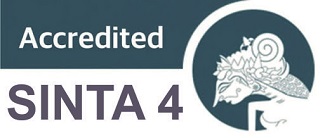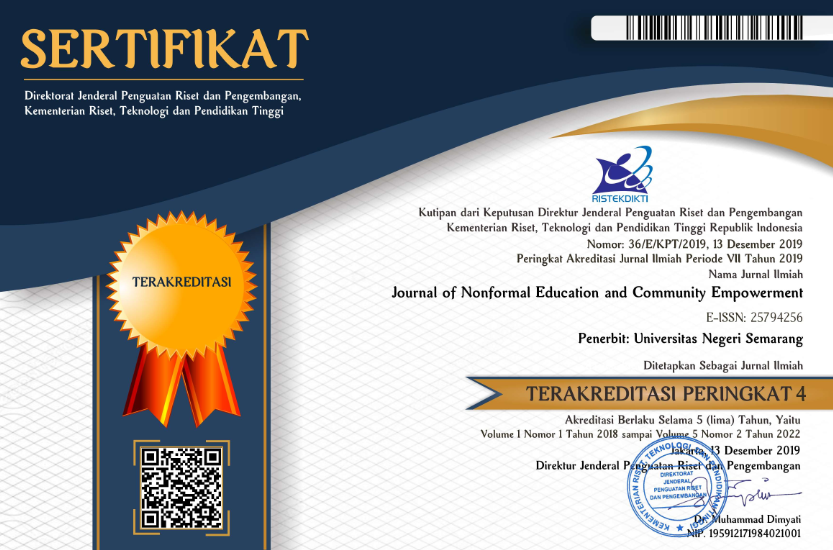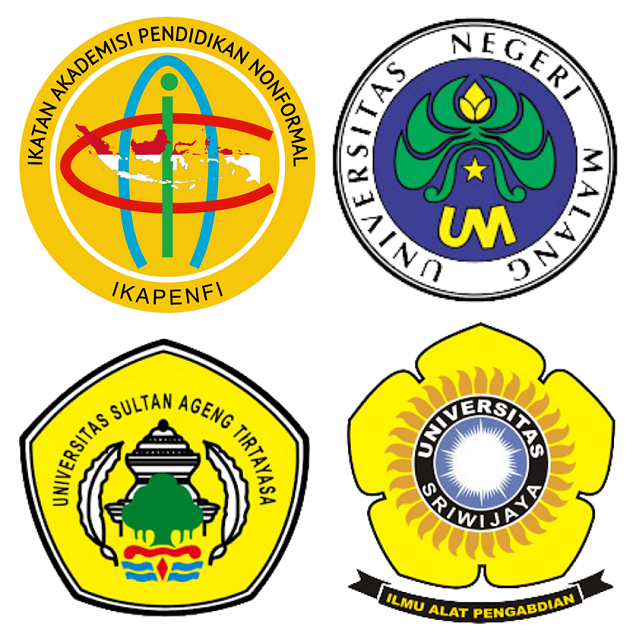Kepuasan Mahasiswa dan Pengguna Lulusan Program Studi Pendidikan Luar Sekolah Universitas Negeri Semarang
Abstract
This study aims to (1) describe and analyze the level of satisfaction of nonformal education students on educational services in FIP UNNES, (2) describe and analyze the level of user satisfaction with graduates of nonformal education FIP UNNES. This research is a type of survey research, with a quantitative descriptive approach. Respondents from the student satisfaction survey were PLS students for the 2015-2018 class, while the respondents of the graduate user satisfaction were the 2000-2018 generation of nonformal education alumni users. Data collection techniques used are documentation, observation, and questionnaire studies. Data analysis techniques in this study used descriptive percentage with SPSS 23.0 software. The results showed that student satisfaction was in the category of satisfied with the percentage of 74.79%. Student satisfaction has several dimensions including tangibles, reliability, responsiveness, assurance, and empathy. User satisfaction with the performance of graduates of nonformal education UNNES study program showed positive results, namely being satisfied with the percentage of 67%. Graduates' satisfaction is measured using indicators of integrity, professionalism, English language skills, use of information and communication technology, communication skills, teamwork, and self-development.






